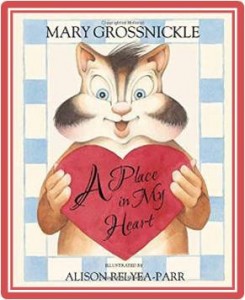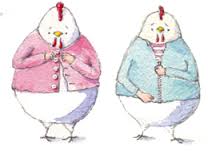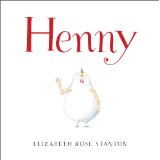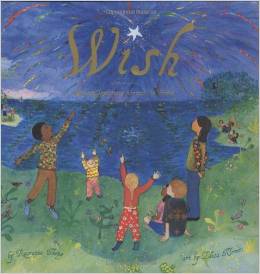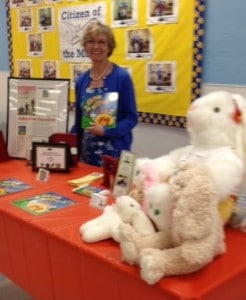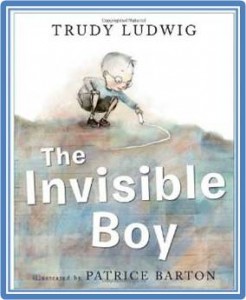 I absolutely love this story! Invisible Boy is about a young boy who doesn’t get noticed at school and feels “invisible” by his teacher and peers. Whenever the students pick teams, he is never picked, and often left out because he is quiet and shy. My second grade students were really able to relate to this poor little boy. The illustrator does a fantastic job of drawing the boy in black and whites with a sad and lonely look on his face. As the story moves forward, the class gets a new student who brings some cultural foods to lunch and ends up getting teased. The little boy, who is quite the talented artist, sees the new boy getting teased and decides to draw him a picture supporting his food choice. The next day the new boy asks the other kids in their class to let the “invisible boy” be a part of the small groups in class. All of a sudden you see the usually sad and lonely “invisible boy” start transforming into a smiling and colorful child. At the end, readers learn a beautiful lesson about including all. My favorite part, and my student’s favorite part, was the amazing illustrations that show the boy slowly changing colors as he feels noticed by his classmates. I highly recommend this book to teachers as well as everyone else. When students are learning about character, and literary features I just know this book will be perfect!
I absolutely love this story! Invisible Boy is about a young boy who doesn’t get noticed at school and feels “invisible” by his teacher and peers. Whenever the students pick teams, he is never picked, and often left out because he is quiet and shy. My second grade students were really able to relate to this poor little boy. The illustrator does a fantastic job of drawing the boy in black and whites with a sad and lonely look on his face. As the story moves forward, the class gets a new student who brings some cultural foods to lunch and ends up getting teased. The little boy, who is quite the talented artist, sees the new boy getting teased and decides to draw him a picture supporting his food choice. The next day the new boy asks the other kids in their class to let the “invisible boy” be a part of the small groups in class. All of a sudden you see the usually sad and lonely “invisible boy” start transforming into a smiling and colorful child. At the end, readers learn a beautiful lesson about including all. My favorite part, and my student’s favorite part, was the amazing illustrations that show the boy slowly changing colors as he feels noticed by his classmates. I highly recommend this book to teachers as well as everyone else. When students are learning about character, and literary features I just know this book will be perfect!
Invisible Boy by Trudy Ludwig merits 5 ***** Includes an excellent “Questions for Discussion” section that will expand the impact of this excellent book.


